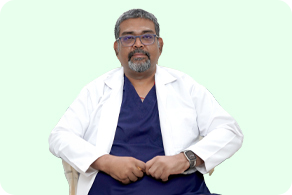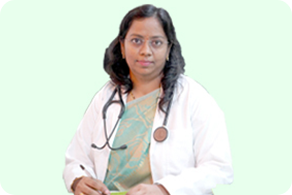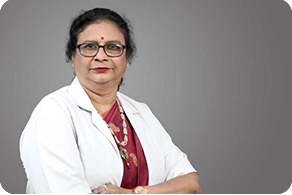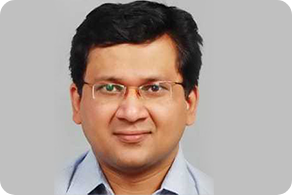Pulmonology
DEPARTMENTS
- Obstetrics
- Gynaecology
- IVF – Fertility
- Fetal Medicine
- Regenerative & Cosmetic Gynaecology
- Orthopaedics
- Pain Clinic
- Pediatrics & Neonatology
- General Medicine
- Endocrinolcrinology / Diabetology
- General & Laparoscopic SURGERY
- Urology & Andrology
- Dermatology & Cosmetology
- Plastic & Cosmetic Surgery
- ENT
- Vascular Surgery
- Pulmonology
Pulmonology
![]() Welcome to Kasturi Pulmonology, a center of excellence for respiratory health in Hyderabad. As the distinguished PULMONOLOGY Hospital in Hyderabad, we take pride in our commitment to providing expert care and innovative solutions for respiratory concerns.
Welcome to Kasturi Pulmonology, a center of excellence for respiratory health in Hyderabad. As the distinguished PULMONOLOGY Hospital in Hyderabad, we take pride in our commitment to providing expert care and innovative solutions for respiratory concerns.
![]() Our team is led by the Best Pulmonologist in Hyderabad, recognized for their expertise in addressing a wide range of respiratory conditions. Kasturi is acknowledged as the Best Lungs & Pulmonology Hospital in Hyderabad, offering comprehensive services for optimal lung health.
Our team is led by the Best Pulmonologist in Hyderabad, recognized for their expertise in addressing a wide range of respiratory conditions. Kasturi is acknowledged as the Best Lungs & Pulmonology Hospital in Hyderabad, offering comprehensive services for optimal lung health.
![]() As one of the premier Lung Speciality Hospitals in Hyderabad, Kasturi Pulmonology ensures that you receive personalized care from a dedicated team of specialists. Our commitment extends to being the preferred choice for Pulmonology & Lung Specialist in Hyderabad.
As one of the premier Lung Speciality Hospitals in Hyderabad, Kasturi Pulmonology ensures that you receive personalized care from a dedicated team of specialists. Our commitment extends to being the preferred choice for Pulmonology & Lung Specialist in Hyderabad.
![]() Consult with a leading Lung Specialist in Hyderabad at Kasturi, where our specialists bring a wealth of experience to address respiratory concerns with precision and care. Whether you require the expertise of a Pulmonologist or a Lung Doctor, we are here to prioritize your respiratory well-being.
Consult with a leading Lung Specialist in Hyderabad at Kasturi, where our specialists bring a wealth of experience to address respiratory concerns with precision and care. Whether you require the expertise of a Pulmonologist or a Lung Doctor, we are here to prioritize your respiratory well-being.
![]() Our services cater to various respiratory needs, including the expertise of a Pulmonary Doctor and specialized care from a Pediatric Pulmonologist for our younger patients. For convenient access, find a Pulmonologist Doctor near me at Kasturi Pulmonology.
Our services cater to various respiratory needs, including the expertise of a Pulmonary Doctor and specialized care from a Pediatric Pulmonologist for our younger patients. For convenient access, find a Pulmonologist Doctor near me at Kasturi Pulmonology.
![]() Kasturi is your trusted destination for respiratory health, offering the expertise of a Chest Specialist and comprehensive care from a Pulmonology Doctor. Our commitment extends to specialized care for pediatric patients, ensuring access to a Pediatric Pulmonary Specialist.
Kasturi is your trusted destination for respiratory health, offering the expertise of a Chest Specialist and comprehensive care from a Pulmonology Doctor. Our commitment extends to specialized care for pediatric patients, ensuring access to a Pediatric Pulmonary Specialist.
![]() For those in search of a Chest Specialist Doctor near me, Kasturi Pulmonology is conveniently located to provide accessible and expert respiratory care. Trust us as your dedicated partner for respiratory health in Hyderabad.
For those in search of a Chest Specialist Doctor near me, Kasturi Pulmonology is conveniently located to provide accessible and expert respiratory care. Trust us as your dedicated partner for respiratory health in Hyderabad.
Clinic & Specialities
Access to expert physicians and surgeons, advanced technologies and top-quality surgery facilities right here.

Dr. Janardhan A. Upadhyaya
MD (Dermatology, Venereology &Leprosy)
- Hyderabad
- Experience: 9 years




